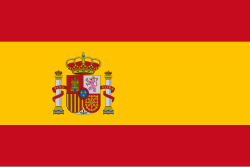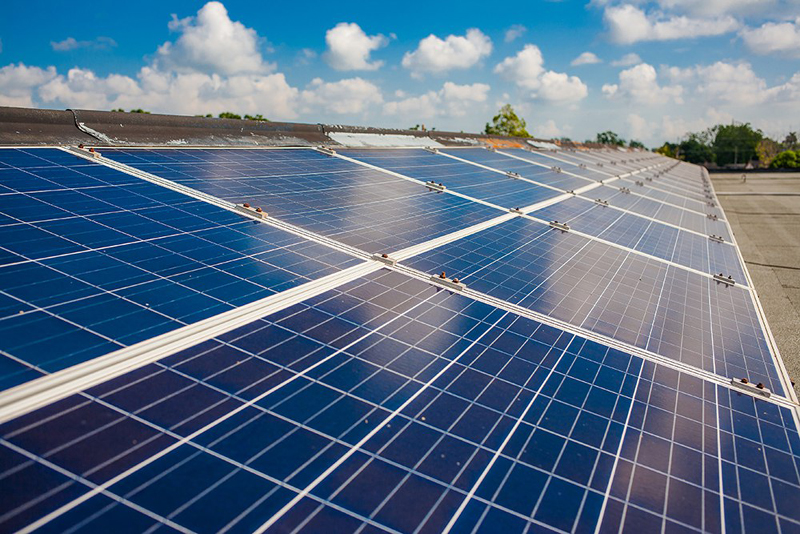The simultaneous presence in Cuba of two important international organizations linked to renewable energy, and the signing of two cooperation documents. Marks a turning point in the island’s energy transition strategy.
In statements to Prensa Latina, the First Deputy Minister of the Ministry of Energy and Mines (Minem), Argelio Abad, described the presence of the top leaders of the International Solar Alliance and the Latin American Energy Organization (OLADE) as transcendental. Complementing the joint efforts of the business and academic sectors, and the National Electricity Union.
In Abad’s opinion, the contributions of OLADE in training and the Alliance in assimilating technology and knowledge in solar technology play an essential role in the energy transition program outlined by the country.
The actions carried out for the energy transition date back years, in conjunction with universities and specialists from the Ministry, he recalled. Also gave as an example that in developing Cuba’s solar map, they had the support of researchers and professors from the university. A research that determined the local photovoltaic potential.
ISA AND OLADE IN CUBA
Regarding the Workshop on Energy Transitions in Central America and the Caribbean, held at the University of Havana from August 4th to 7th. OLADE’s Executive Secretary, Andrés Rebolledo, and the Rector of that university, Dr. Miriam Nicado, signed a memorandum of understanding on energy training and academic collaboration.
Regarding the signing of the pact, Rebolledo told Prensa Latina that one of the organization’s pillars is to support countries’ energy development, including capacity building. This explains the importance OLADE places on the signing of a memorandum of understanding with the University of Havana.
The possibility of partnering with the University of Havana, a prestigious institution, to develop studies. Eventually, joint programs, benefits the region, and that is the objective of the memorandum of understanding, he emphasized.
But there were also other steps forward. At the conclusion of an ISA workshop with government agencies and business leaders. The Director of Renewable Energy at the Ministry of Energy and Mines (MINEM), Rosell Guerra, reported on the signing of the Country Framework Agreement between Cuba and the international organization.
The pact, focused on seven key projects, plans to review the participation of the different business sectors of the economy and expand collaboration. In the development of priority projects that ensure significant production of food, medicines, and electricity in rural communities, Guerra stated.
He mentioned the project to install 60 megawatts (MW) of photovoltaic power in biopharmaceutical industries to ensure energy for research, production, and marketing of medicines. For both the public and the generation of exportable goods and services.
In addition to the installation of solar pumps to supply water to the population, livestock, and agricultural irrigation to increase food production. There is also a project to achieve energy autonomy for refrigerated water heaters for collecting milk from dairy farms.
Technical studies for the installation of small solar parks to support ice-making plants, with priority given to six fishing facilities. As well as a technical evaluation for the installation of solar modules on 160 fishing boats.
The agreement also includes the installation of photovoltaic systems in aquaculture for fingerling production. While continuing the program to electrify rural communities, the Minem official explained.
Guerra highlighted ISA’s support with the donation of a demonstration project for agricultural irrigation with a solar pump. Installed at the Indio Hatuey Pasture and Forage Experimental Center.
The success of this test prompted the Alliance to conduct a study to provide Cuba with 10,000 solar pumps to supply water to the population, livestock, and agricultural irrigation, a first phase of 1,600 pumps.
Furthermore, at the conclusion of the Energy Transitions in Central America and the Caribbean Workshop. The ISA awarded the University of Havana’s Photovoltaic Laboratory the status of Resource Center for Solar Technology Applications in Cuba (STAR Center), the first in Latin America.
During the inauguration of the STAR Center, located at the University of Havana, Ashish Khanna, Director General of the ISA, emphasized that this category will open more doors to research and development, training, and the search for proprietary solutions. Whether for public heating, solar fuel, solar pumps, or solar storage.
The Deputy Prime Minister of the Ministry of Energy and Mines (MINEM) considered facilities like the laboratory to be a true strength for the country. Moreover ensuring the massive deployment of solar technology in compliance with international standards and generating quality infrastructure that allows for its efficient and safe exploitation.
CUBA IN ENERGY TRANSITION
The energy transition in Cuba is considered a government priority, the objective of which is to achieve sovereignty in a safe and sustainable manner, meet demand, contribute to the recovery and growth of the national economy. Maintain stable service, and reduce greenhouse gas emissions by harnessing the potential of the country’s renewable sources, Guerra emphasized.
Specifically, in the solar energy program, a major project is being implemented to install more than 2,000 MW across the country. More than 700 MW of this energy is already in service. Benefiting some 400,000 Cuban families during the day, he noted.
With information from Teyuné Díaz Díaz/Prensa Latina
- First Energy Storage System Installed in Holguin - 29 de December de 2025
- Gibara advocates for efficient exploitation of reserves and capacities - 28 de December de 2025
- UN: 2025 Marked by First Agreement on Pandemics - 28 de December de 2025

